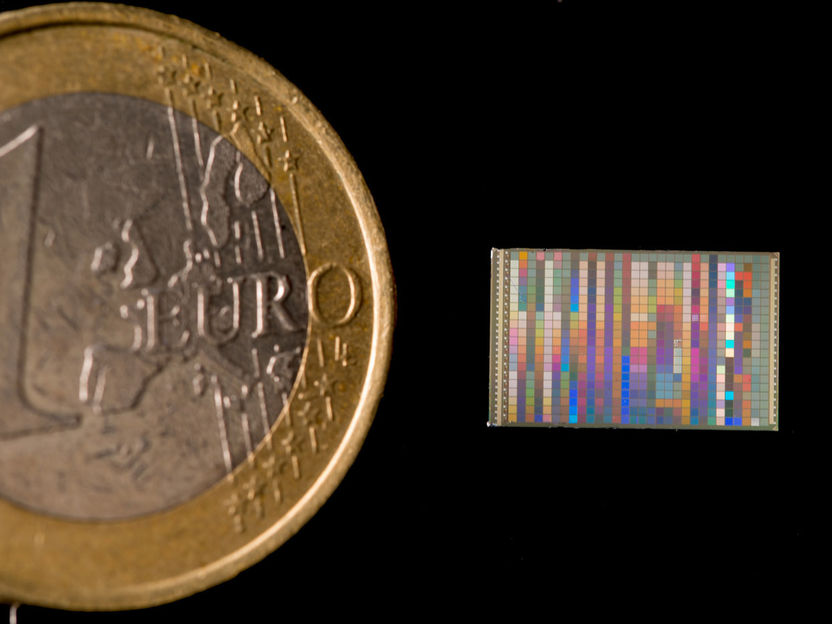Trapping climate pollutant methane gas in porous carbon
Advertisement
As talks of global warming are once again making headlines, scientists have renewed their efforts to understand how to best limit its effects. For example, sequestrating short-lived climate pollutants, such as methane and black carbon, yields much faster reductions in global warming compared to reductions in CO2. To do so, it is essential to have a better grasp of the nature of physico-chemical properties of gases interacting with porous carbon. Now, a team of chemical engineering researchers based in South Africa has established ways of accurately simulating methane adsorption and desorption in carbon with nanopores. These findings have been published by Matthew Lasich and Deresh Ramjugernath from the University of KwaZulu-Natal, Durban, South Africa. Alternative applications for such findings are relevant for future energy research, such as energy storage and the development of natural gas extraction methods.
Activated carbon, which is a type of carbon material containing numerous nanopores, is often used to adsorb gases in the energy sector. The authors chose to use computational methods to study the influence of intermolecular interactions between different types of molecules - in this case, they simplified the approach by limiting it to methane and activated carbon - on adsorption. Their goal was to identify molecular interactions that could prevent such a process.
First, they employed a standard simulation approach, which was dubbed grand canonical Monte Carlo simulations. Parallel to that, they used a simple lattice gas model coupled with equations describing the intermolecular interactions, otherwise referred to as classical density functional theory. They found that both approaches yielded qualitative agreement with previously published experimental data. However, the second approach yielded results more in line with experimental data for gases adsorbed into carbon materials when equations are amended through simple corrections pertaining to energy levels, rather than by corrections related to the difference in the size of the various molecules involved.
Original publication
Most read news
Original publication
Matthew Lasich , Deresh Ramjugernath; "Influence of unlike dispersive interactions on methane adsorption in graphite: a grand canonical Monte Carlo simulation and classical density functional theory study"; European Physical Journal B; 2015
Organizations
Other news from the department science

Get the chemical industry in your inbox
By submitting this form you agree that LUMITOS AG will send you the newsletter(s) selected above by email. Your data will not be passed on to third parties. Your data will be stored and processed in accordance with our data protection regulations. LUMITOS may contact you by email for the purpose of advertising or market and opinion surveys. You can revoke your consent at any time without giving reasons to LUMITOS AG, Ernst-Augustin-Str. 2, 12489 Berlin, Germany or by e-mail at revoke@lumitos.com with effect for the future. In addition, each email contains a link to unsubscribe from the corresponding newsletter.





























































